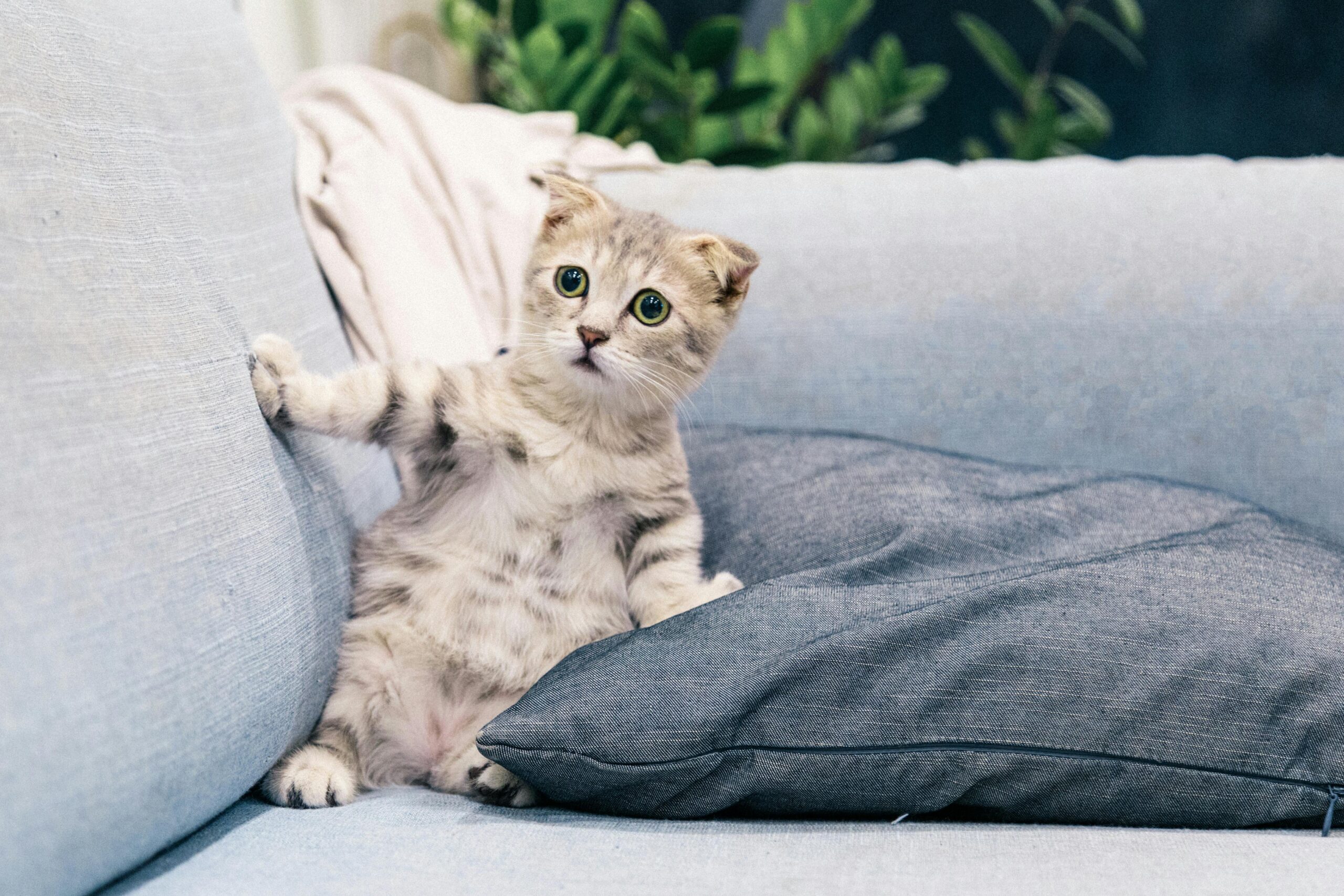How does it work properly with cats?
Understanding Cat Behavior
Body Language
Cats communicate through body language. Pay attention to their tail position, ear orientation, and overall posture. For example, a raised tail often indicates a happy cat, while flattened ears may signal fear or aggression.
Vocalizations
Cats meow, purr, hiss, and growl to express their feelings. Learn the meanings behind different sounds to understand what your cat is trying to communicate.
Play Behavior
Cats are natural hunters, so they enjoy play that mimics hunting. Use toys that encourage stalking, pouncing, and capturing to satisfy their instincts.

Creating a Safe Environment
Space
Provide plenty of vertical space (like cat trees or shelves) for climbing and perching. Cats feel more secure when they can observe their surroundings from above.
Hideouts
Cats love to hide and explore. Offer boxes, tunnels, or cozy beds where they can retreat when they want privacy.
Safety
Remove hazards such as toxic plants, small objects that could be swallowed, and chemicals. Ensure windows and balconies are secure to prevent escapes.

Socialization and Interaction
Bonding Time
Spend quality time with your cat through play, petting, or simply sitting together. Cats thrive on companionship and social interaction. Respect Their
Space
Some cats are more independent than others. Pay attention to their cues, and give them space when they show signs of wanting to be alone.
Training
Teach your cat basic commands and tricks using positive reinforcement. This not only helps with behavior but also strengthens your bond.
